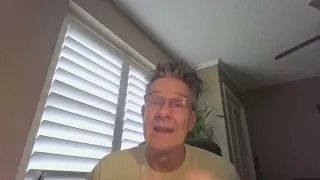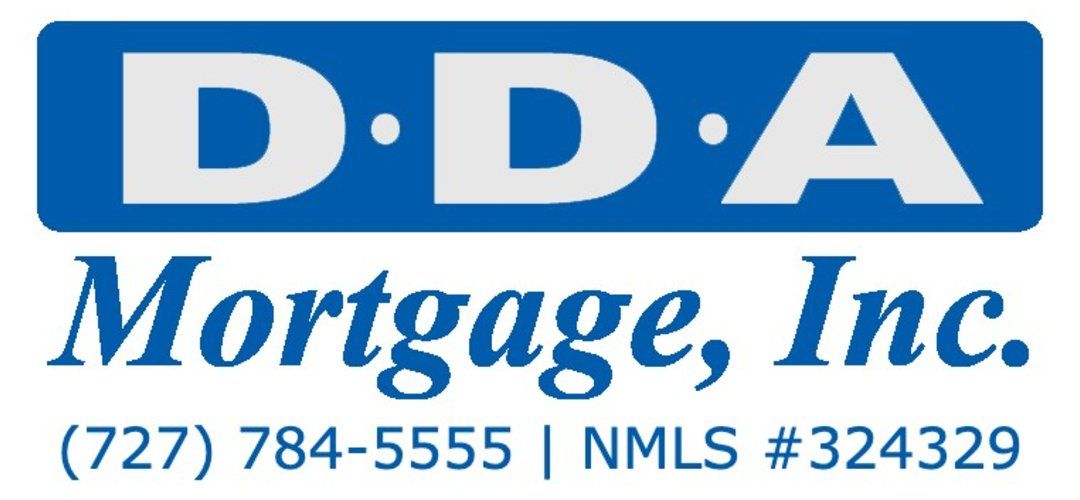Call (727) 784-5555
More borrowers are getting forbearance modifications
The total number of loans in forbearance decreased to 2.06% as of Oct. 31, shows MBA
Forbearance predictably declined across the board last week as exits accelerated, but more borrowers are going into plan modifications because they are still struggling to recover their pre-pandemic income.
The total number of loans in forbearance decreased by nine basis points to 2.06% as of Oct. 31, according to the latest report from the Mortgage Bankers Association (MBA). In the previous week, the rate dropped six basis points to 2.15%.
Just over one million homeowners are still in forbearance plans. The survey included data on 36.6 million loans serviced as of Oct. 31, 73% of the first-mortgage servicing market. This is the last MBA’s weekly survey, as the trade group is moving to a monthly report.
Fannie Mae and Freddie Mac loans in forbearance declined five basis points to 0.92%. Meanwhile, Ginnie Mae loans decreased by 13 bps to 2.52%
The most notable decline was in the independent mortgage bank portfolio, which dipped 15 basis points to 2.28%. The share of private-label securities (PLS) loans in forbearance fell 13 basis points to 5%. For depository servicers, the percentage declined 5 bps to 2.02%.
According to Mike Fratantoni, the MBA’s senior vice-president and chief economist, more borrowers exiting plans in the last week of October went into modification, “a sign that they have not yet regained their pre-pandemic level of income.”
“The strong job market report from October, with another drop in the unemployment rate and a pickup in wage growth, is a positive sign for homeowners still struggling to get back on their feet,” he added.
The survey shows that 15.8% of total loans in forbearance were in the initial stage last week, and 73.9% were in a forbearance extension. The remaining 10.3% were re-entries.
Weekly call volume for servicers was up, from 5.9% of the servicing portfolio volume the week prior to 6.5%.
During the last 15 months, MBA’s data revealed that 29.1% of exits resulted in a loan deferral or partial claim. Also, 20.4% represented borrowers who continued to pay during the forbearance period.
However, 16.7% were borrowers who did not make their monthly payments and did not have a loss mitigation plan. In addition, 13.4% resulted in a loan modification or a trial loan modification, compared to 13.1% in the previous week.
Total requests were at 0.04% of servicing portfolio volume, while exits represented 0.17% of the total – in the previous week, the share was 0.09%, the report said.
Start Your Loan
with DDA todayYour local Mortgage Broker
Mortgage Broker Largo See our Reviews
Looking for more details? Listen to our extended podcast!
Check out our other helpful videos to learn more about credit and residential mortgages.





